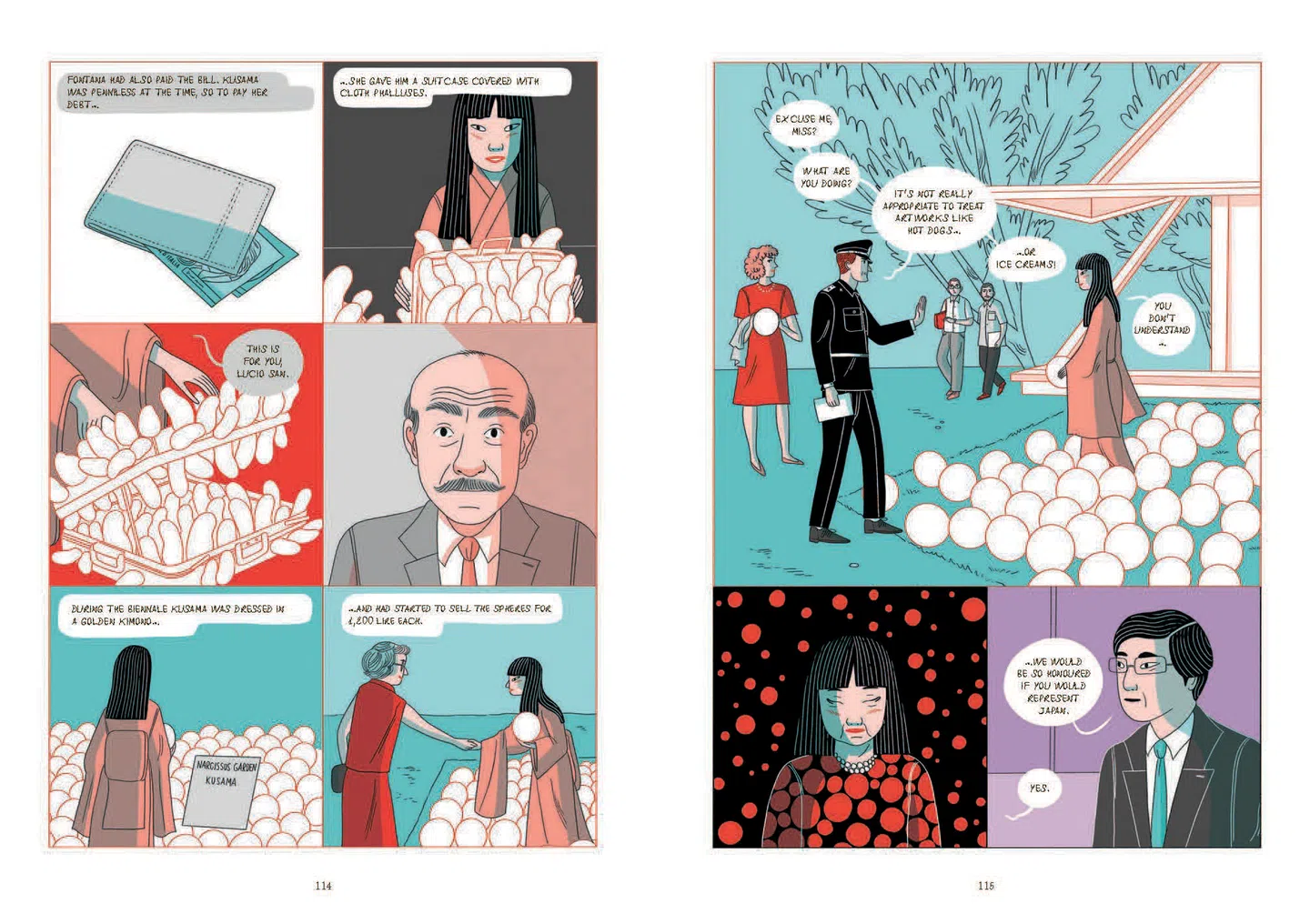How Much Does Graphic Novel Illustration Cost per Chapter
Illustrate Now
The cost of illustrating a graphic novel chapter can vary significantly, and understanding these costs is essential whether you’re an indie creator working solo or a publisher overseeing a full production team.
Over the past several years, we’ve produced a range of graphic novel projects—from modest black-and-white indie releases to fully rendered, full-color sagas. Based on that experience, we’ve developed this guide to help creators plan and budget realistically while ensuring artists are fairly compensated.
In this article, we’ll break down the graphic novel illustration cost per chapter, share real examples from our own projects, and offer expert insights into what drives pricing.
Table of Contents
ToggleReal-World Cost Examples from Our Studio
To give you a practical view, here are a few pricing case studies from our recent projects:
The Obsidian Blade (Fantasy, Mid-Tier)
- Chapter Length: 18 pages
- Style: Full color, moderate background detail
- Illustration Cost: ~$650 per chapter
- Notes: We worked with a mid-level artist and used a batch scheduling system to reduce per-chapter costs.
Project X (Sci-fi, Indie Black & White)
- Chapter Length: 12 pages
- Style: Line art only, limited backgrounds
- Illustration Cost: ~$240 per chapter
- Notes: As a budget-conscious project, we focused on expressive characters over environmental detail.
Mythwalker (Premium Historical Fiction)
- Chapter Length: 22 pages
- Style: Full-color, high detail with dynamic lighting and elaborate costumes
- Illustration Cost: ~$1,400 per chapter
- Notes: We hired a senior illustrator with an animation background and included complex crowd scenes and architecture.
These examples show just how much scope, detail, and artist experience can affect pricing.
Cost Breakdown: Where the Money Goes
Art Style & Complexity
Detail affects both time and tools. For example:
- Flat colors might take 2–3 hours per page.
- Rendered shading and lighting could take 6–8+ hours per page.
This includes mastering software like Clip Studio Paint or Photoshop, where advanced layers, blending modes, and brush customizations add both depth and time.
Backgrounds
Creating a full background isn’t just drawing buildings—it involves:
- Perspective grid setup
- Environmental storytelling (e.g., adding props that reflect character personality)
- Custom texture and lighting overlays
A single detailed panel can take 3–4 hours for background alone.
Panel Count & Pacing
Each panel isn’t just a box. It often involves:
- New character poses and expressions
- Custom angle compositions
- Environmental continuity
For Mythwalker, a single complex splash panel with five characters and depth layers took over 10 hours.
Cost Range Refined
| Category | Pages | Avg Cost/Chapter | Ideal For |
|---|---|---|---|
| Basic B/W Line Art | 10–15 | $150–$300 | Dialogue-heavy, minimalist styles |
| Mid-Tier Color | 15–20 | $400–$800 | Genre fiction, moderate action |
| Premium, Full Detail | 20+ | $1,000–$2,000+ | High-end publishing, print/TV pitch |
“Detailed backgrounds take the most time—especially when they shift every few pages,” says Lisa Kleypas, a renowned author known for her historical romance novels.
Licensing, Ownership & Why It Costs More
When you buy full rights (vs. limited use):
- The artist forfeits potential future earnings
- You gain full control for merchandise, reprints, adaptations
This often doubles or triples the rate. For example:
In Project Emberfall, we paid an additional $450/chapter for full media rights so the client could pursue animation deals.
Trust, Transparency, and Fair Pay
Managing costs matters, but fair compensation matters more.
While rates vary globally, we always recommend:
- Adjusting for cost-of-living without undercutting skill value
- Avoiding exploitative bidding practices (e.g., spec work)
- Ensuring transparency: share full briefs, budgets, and timelines before the first sketch
“Fair rates keep artists in the industry,” says Daniel McBurnie, a former circus performer turned actor and arts advocate
Tips from Experience: Cost-Saving Without Compromise
Early Design Investment Saves Time Later:
We learned during Project X that inconsistent character sheets led to dozens of redraws. Now, we always lock in style guides upfront.
Plan Pages by Panel Density:
Use quieter “rest” pages to balance time-consuming action scenes.
Work in Batches:
Commissioning 3–5 chapters at once reduced our costs by 12–18% on average, thanks to artist scheduling efficiency.
Let’s Build Something Together
Need help determining your budget or connecting with the right artist?
Our team offers personalized consultations to:
- Define your project’s scope
- Estimate fair and realistic chapter budgets
- Match you with vetted, experienced illustrators
Reach out today to bring your graphic novel to life—without burning through your budget or compromising on quality.
FAQs:
Q1. Does the cost include lettering and text placement?
A: Typically, no. Most illustrators focus on visual art only. Lettering—especially professional comic typography and ballooning—is a separate skill, often handled by a letterer or designer. However, some freelancers or studios offer bundled services. Always confirm this in your contract.
Q2. What’s the difference between “per page” and “per chapter” pricing?
A: “Per page” pricing gives you precise control—ideal if your chapters vary in length. “Per chapter” pricing is often used when the page count is fixed or part of a series with uniform formatting. Some artists also offer flat chapter rates for simpler budgeting. Clarify what’s included (e.g., max pages or panels) when negotiating.
Q3. Can I get quality work on a tight budget?
A: Yes, but it requires careful planning. Consider:
- Reducing panel count
- Using simpler styles (e.g., black and white or cell-shaded color)
- Hiring emerging artists from regions with lower living costs—but ensure you still pay fairly
- Commissioning character designs or backgrounds separately to save time later
Tip: Always avoid underbidding. It leads to burnout, delays, or low-quality output.
Q4. How do revisions affect the overall cost?
A: Most artists include 1–2 rounds of revisions in their base rate. After that, extra revisions are billed hourly or per change. Always clarify:
- How many revisions are included
- What kind of changes are covered (layout, color, expressions, etc.)
- Revision turnaround times
This avoids scope creep and delays.
Q5. How long does it take to complete one chapter?
A: It depends on style and complexity:
- Simple line art: 1–2 weeks
- Detailed full-color chapter: 3–6 weeks
- Team production (studio): 1–3 weeks, with multiple artists
Rush delivery is possible but usually costs 20–50% more. Good scheduling is your best cost-saver.







